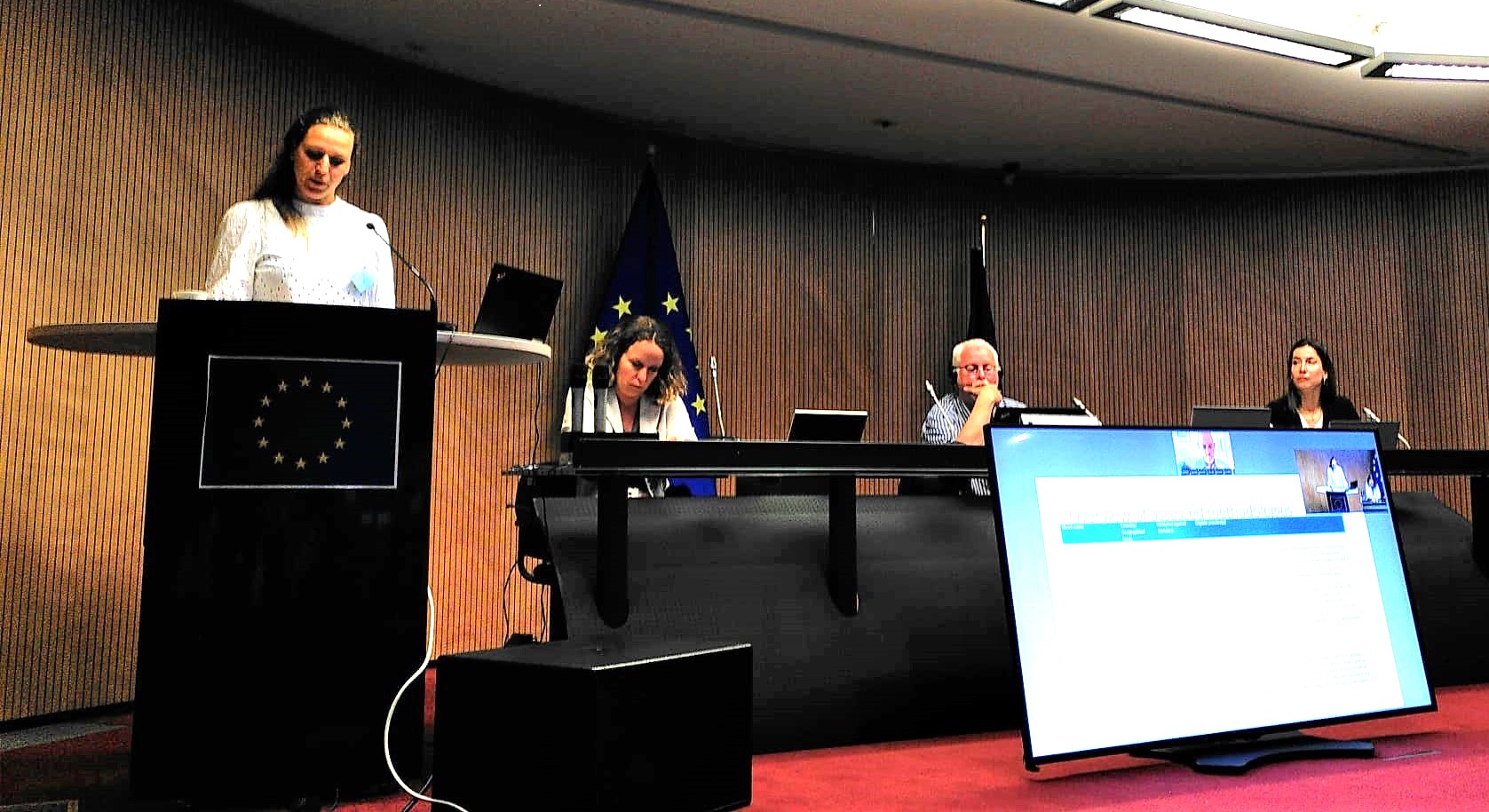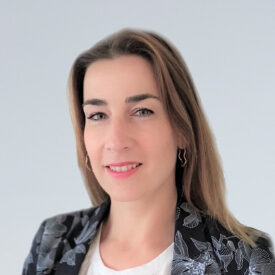Carbon Removal blog 1- Best practices in nature based carbon removal

By far the most existing methods for certifying natural CO2 storage relate to agriculture. Forestry accounts for more than a third, while peatlands remain stuck at ten percent. Even the best practices do not yet meet all quality requirements. This is evident from an extensive survey conducted by Partners for Innovation in collaboration with the European Commission. We presented the first results to the Expert Group on Carbon Removals in Brussels on 21 and 22 June 2023.
Jasmijn Sybenga and Francisca Demmendal-Wit
The European Union wants Europe, including the Netherlands, to be climate neutral by 2050, in order to achieve the goals of the Paris Climate Agreement. In line with this, it has submitted a proposal to create a single, solid EU-wide certification method for the storage of the CO2 that we emit in Europe. The aim is to simultaneously remove CO2 from our atmosphere and promote innovative technologies to combat greenwashing.
Together with colleagues from Wageningen Environmental Research and Climate Neutral Group, Partners for Innovation forms the technical support team CRETA (Carbon Removals Expert group Technical Assistance). We support the European Commission in gathering knowledge from experts inside and outside the European Union and organize events with stakeholders. In addition, we work on one solid certification methodology, based on “best practices” with a successful application.
Finding the optimal combination
The best practices of certification methodologies must meet the strict QU.A.L.ITY criteria: Quantification (carbon removal calculations), Additionality (legal or financial, baselines), Long-term storage (permanent and liability) and Sustainability (environmental principles and co-benefits).
Now, it is not easy to find the optimal combination of best practices and Q.A.L.ITY criteria with all the certification methods that are in development or already in practice. That is why the European Commission has surrounded itself with an expert group consisting of 70 experts from European Member States, NGOs and organisations, and additional experts from outside the EU. Together with this expert group, CRETA has the task of collecting current best practices. The first step is to inventory information on certification methods and schemes for three domains of Carbon Farming: peatlands, forestry and agriculture. For this purpose, we have published an extensive public survey on the EU platform.
Best practices
In total, we registered 153 unique responses to the survey. Of the existing certification methods, 40 were for agriculture, 19 for forestry and only 6 for peatlands. Chaired by Francisca Demmendal-Wit, Jasmijn Sybenga presented the results during the peat session.
The best practice for Quantification consists of a combination of modelling, remote sensing and (field) measurements. Most methods use a combination of financial and regulatory Additionality with a project-based baseline. Long-term storage of CO2 is still a problem: how do you guarantee permanent storage for 30-50 years? Often a buffer of around 15 percent of the total CO2 to be captured is used to cover CO2 that could be lost due to unforeseeable activities or (natural) processes. Regarding Sustainability: almost all methods include principles not to harm the environment. However, few schemes quantify co-benefits such as promoting biodiversity.
During the different sessions a wide variety of presentations on (certification) methods were given. This ranged from the methodology for improved agricultural land management and the CAR Soil Enrichment Protocol to various methodologies from the French Label Bas Carbone, from lessons learned from LIFE C-Farms to the digitalisation and monetisation of forestry and from an overview of FSC ecosystem services to unlocking private financing for peatland restoration through the Peatland Code.
Incentivising farmers
There are many good examples of methodologies with interesting data analysis and remote sensing options. However, it is important to incentivise farmers to join these certification schemes, as they often have complex procedures and rules for monitoring, reporting and verification (MRV). In addition, it is necessary to provide farmers with good business models.
Next steps
All in all, it was a great event, with many interesting experts and inspiring insights! CRETA will use the results and feedback on the methodology overview report to take the next steps in developing an EU certification methodology. This includes the development of scoping papers for each domain, which will bring us one step closer to developing the certification methodology.
Visit our project page on natural CO2 storage.
For the same project, our colleague Jannes Nelissen is working on certification methodologies for CO2 storage in buildings (wood construction products).
Want to
know more?
Contact us!



